China’s J-16D electronic warfare aircraft has been pressed into joint combat training with one of the most advanced warplanes in PLA Air Force’s inventory – the stealth J-20 jets.
The J-16D was unveiled earlier this year in the Zhuhai air show in China, following which it was sent for real combat drills with the J-20 stealth fighter, according to state-owned Chinese Television (CCTV).
This observation by the state media has put to rest all speculations in various quarters about its induction and operability.
Shortly after its public display at the air show, Chinese military expert Wang Mingliang was quoted as saying by China-Arms, “As J-16D and J-20 join hands, it must be one plus one greater than two, or even greater than three, we will definitely use such a pairing in the future battlefield.”
Details about whether China is deploying J-16D to Taiwan are not known yet.
A Big Boost To EW Capability?
The J-16D is China’s indigenously developed electronic warfare variant of the J-16 fighter jet, which has been upgraded to enhance the precision capability and operational maneuver on the axis of information and communication, thus putting a blanket aviation electronic system in place.
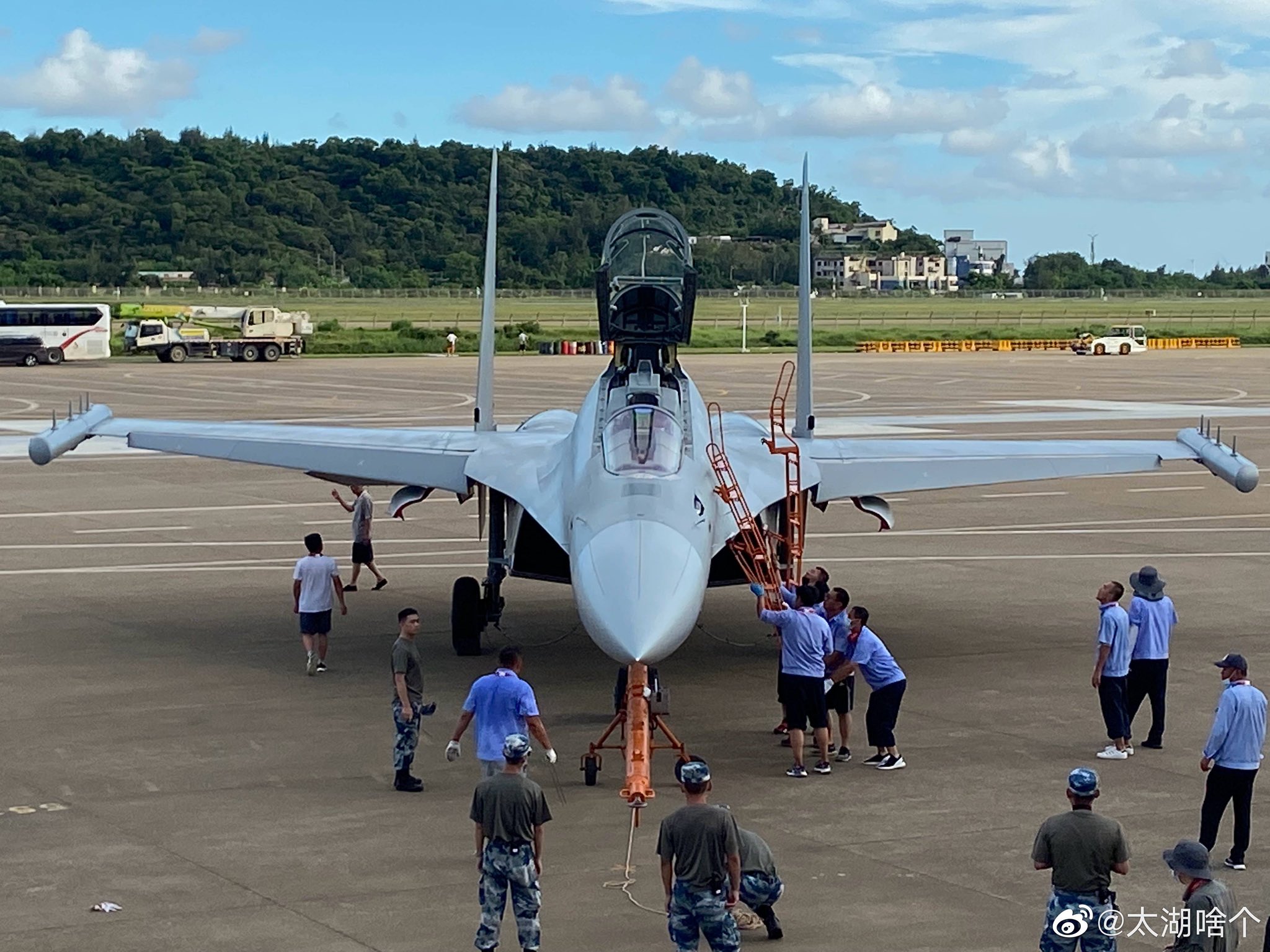
It is a twin-seater, twin-engine, multi-role aircraft with EW pods fitted under the fuselage. It is intended to carry out electronic reconnaissance and the jamming of communication and radars. The EW pods make it capable of evading adversary’s radar systems as well as carrying out smooth surveillance and deception.
The J-16 is also armed with air-to-air missiles thus making it capable of conventional air warfare along with electronic warfare.
The J-20 Mighty Dragon
The J-20 is a fifth-generation stealth fighter with precision strike capability making it only the third to be operational in this league after the American F-22 and F-35. The jet features composite materials, advanced avionics, and long-range weapons systems, making it one of the most formidable fighter aircraft owned by the PLAAF.
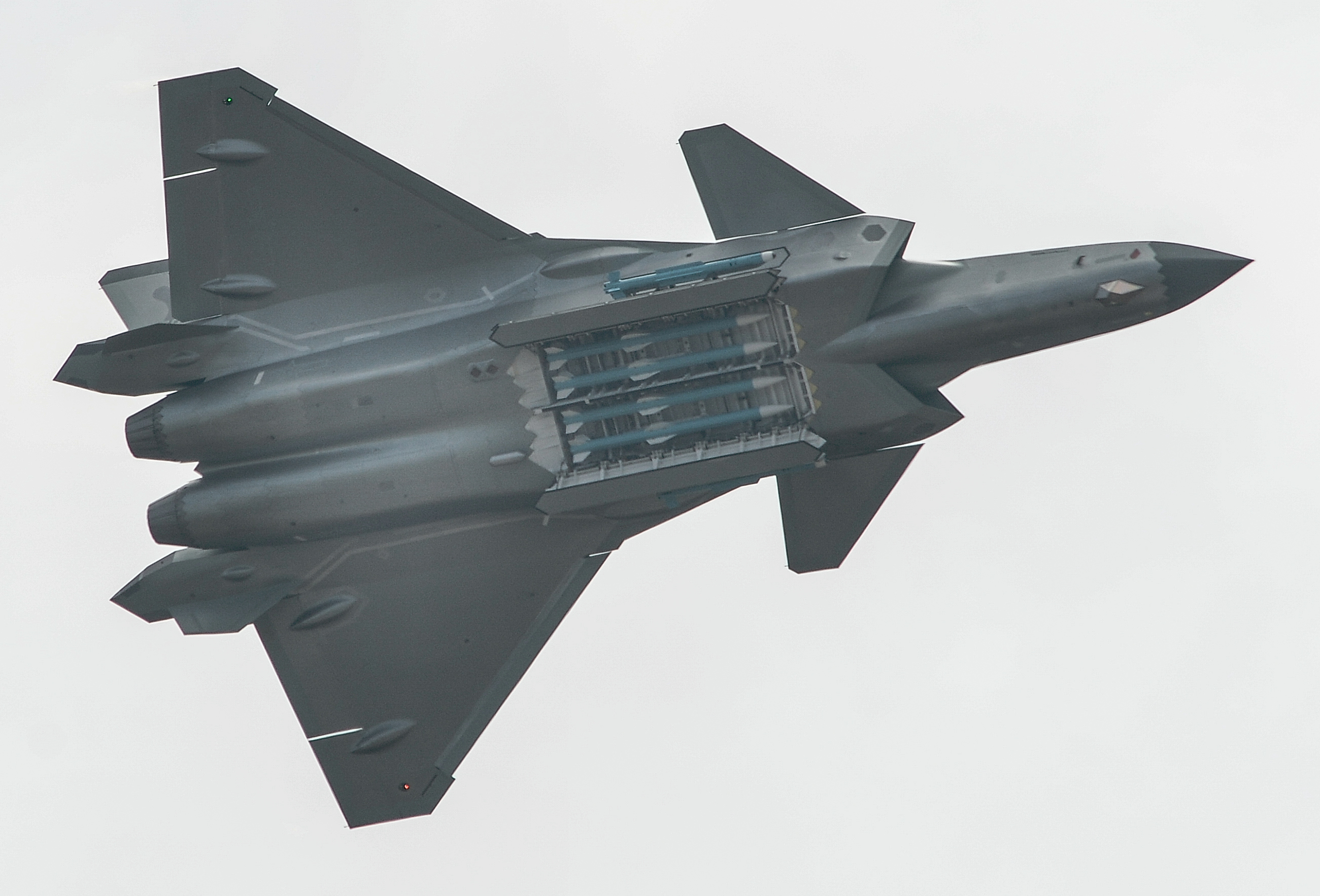
It has the capability to practice beyond visual-range maneuvers and to engage in over-ocean combat as was made seen in the military drills of 2018.
Thus, it is an indispensable asset for the PLA Air Force which has been carrying out advancements in the South China Sea, especially towards Taiwan that it considers an inalienable part of the Chinese homeland.
The J-20 also provides China with the reputation of being the only other country in the world to own a fifth-generation stealth aircraft apart from its principal adversary, the United States, thus, creating deterrence if not domination, in the Indo-Pacific region.
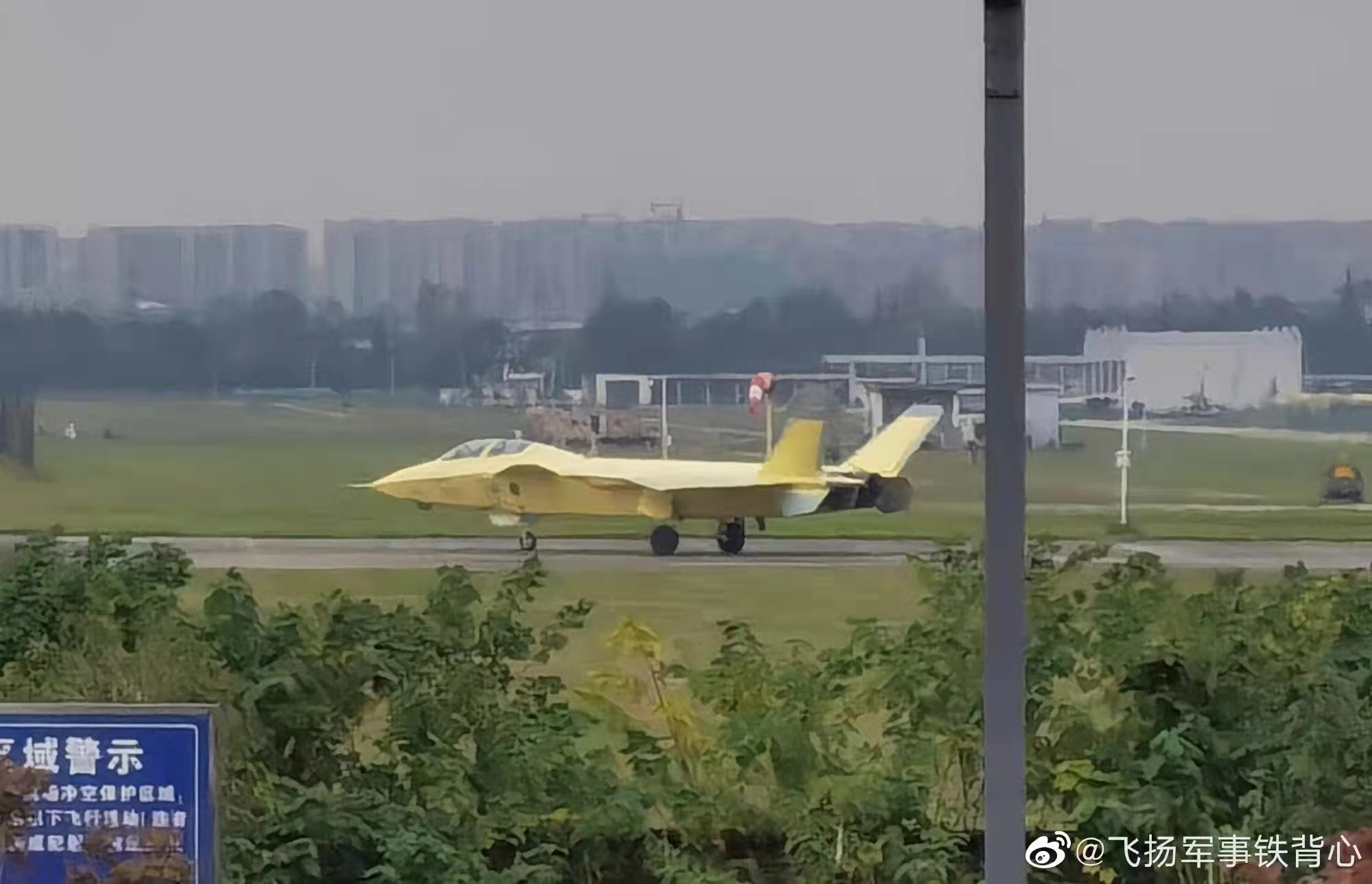
Recently, images of a twin-seater J-20 have gone viral on social media. With this new variant — referred to as the J-20B, J-20AS, or the J-20S — China’s Mighty Dragon would become the world’s first dual-seat stealth fighter jet, The EurAsian Times reported.
J-20 and J-16D: A Deadly Combo
The combined training and then deployment of the J-16D and the J-20 render the Chinese PLAAF with air operability that will potentially allow it to achieve air superiority against the adversary.
The J-16D can shut down any early warning system put in place by the enemy and jam its radars while the stealth fighter J-20 can hit the targets with precision, said Wang Yanan, Editor-in-chief of Beijing-based Aerospace Knowledge magazine.
This deadly combination will thwart any early enemy effort to gauge a potential Chinese attack and severely diminish its capability to retaliate, allowing the PLAAF to achieve early air superiority. The lethal combination does give a fillip to the PLAAF by upscaling its arsenal.
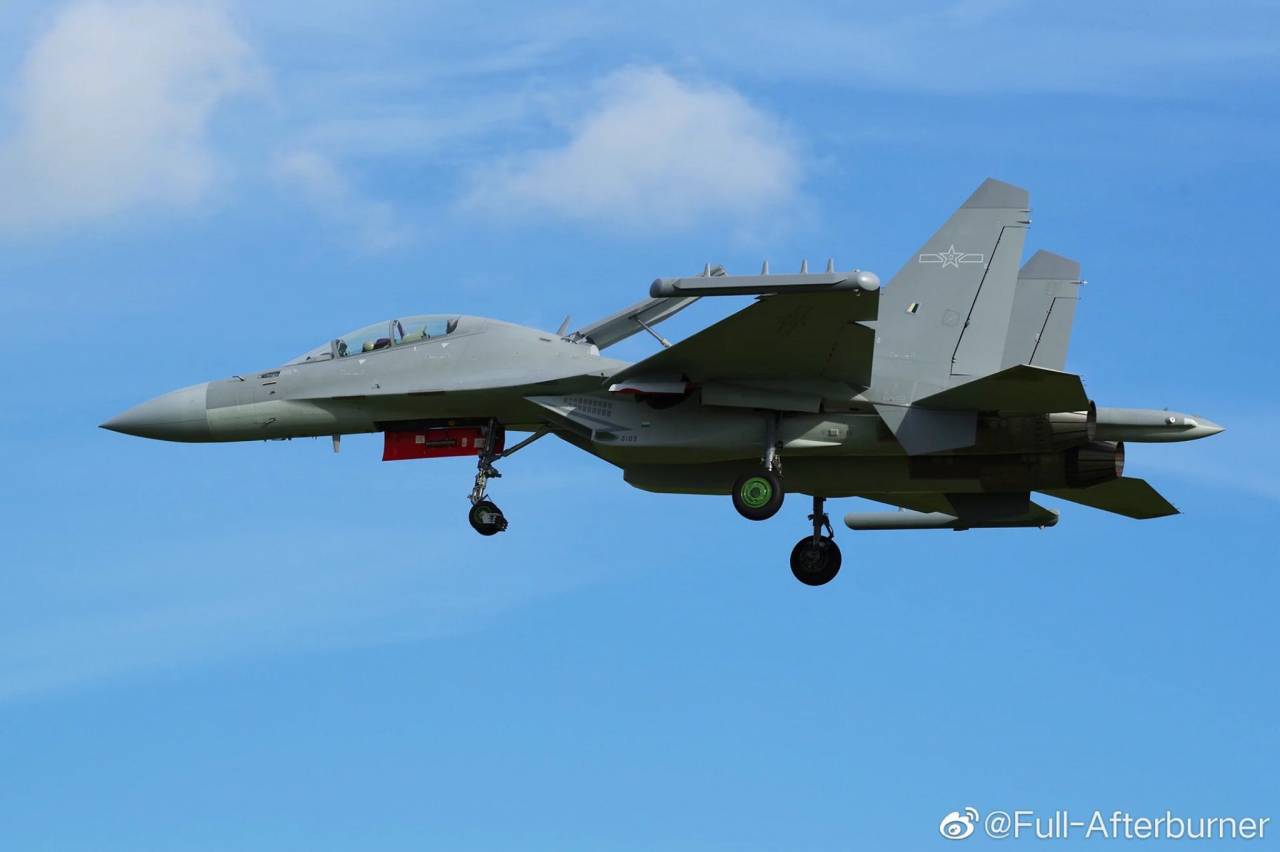
This becomes significant as China remains embroiled in various disputes in the region, especially with the Indo-Pacific strategy taking shape and the Chinese finding their authority in the region challenged by the West and its allies like in the formation of AUKUS, the trilateral security grouping that will allow the US to arm the Australian Navy with nuclear submarines.
In order to resist the order in the Asia-Pacific region, as the Chinese refer to the Indo-Pacific, the PLA has been earnestly upgrading its capability.
How F/A-18 Super Hornets ‘Defeated’ F-16 Fighting Falcons For Multi-Billion Dollar US Navy Deal
Apart from improving the efficiency of the J-20, the J-16D could also be deployed along with other fighter jets of the PLA Air Force to provide electronic warfare assistance in a real combat situation, thus doubling the efficiency and offering a more sophisticated offense as well as defense.
It was developed with the intention of accelerating China’s air domination ambitions and thus, was sent straight to training as soon as it was unveiled in late September/early October in the air show.
The Taiwan Factor
Satellite imagery suggests that the J-16D has been deployed in multiple drills carried out by China near Taiwan. This assumes enhanced geopolitical importance when viewed along with the fact that a record number of PLA warplanes have been sent into the air defense identification zone of the self-governing island in recent days.
Needless to say, the American support to Taiwan, its arms supplies as well as the training of its troops have angered China. And the possibility of deployment of the J-16D to the island cannot be ruled out yet.
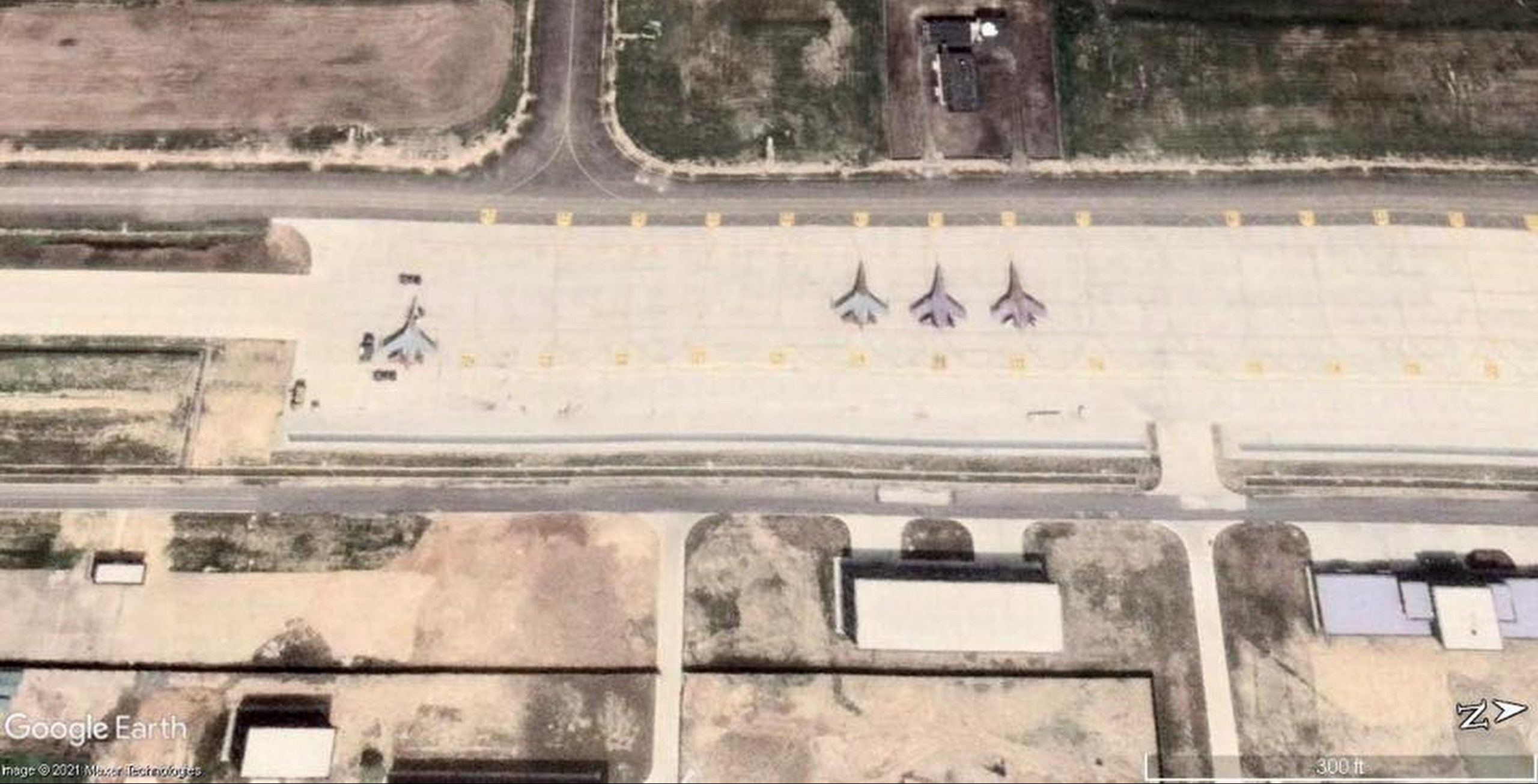
“The Chinese J-20 has been flying to the Taiwan Strait in recent times as it flew to the Galwan valley. These are known to be anti-detection stealth aircraft even though the Indian Air Force did contend that they were able to intercept the J-20 last year.
However, the United States and Taiwan, two main stakeholders in the recent escalation, have not dispelled any information in that regard so there are few questions on its efficacy as of now,” China expert Srikanth Kondapalli told The EurAsian Times.
“On the other hand, the new EW aircraft, whose primary function is to collect intelligence and snoop on C2C communications, is flying in close formation with the J20.
This indicates that it was rolled out for simulation platform training long before it was officially unveiled. It’s also to the PLAAF’s credit that no accidents were reported while these aircraft were deployed over the Taiwan Strait,” added Kondapalli, a professor at the Centre for East Asian Studies, Jawaharlal Nehru University, New Delhi.
A more comprehensive picture about its use, deployment, and induction would, however, become clear with time as China lays out a more elaborate official role for the J-16Ds in the face of emerging challenges and changing geopolitical situations in the region.
- Contact the author at sakshi.tiwari9555@gmail.com
- Follow EurAsian Times on Google News




